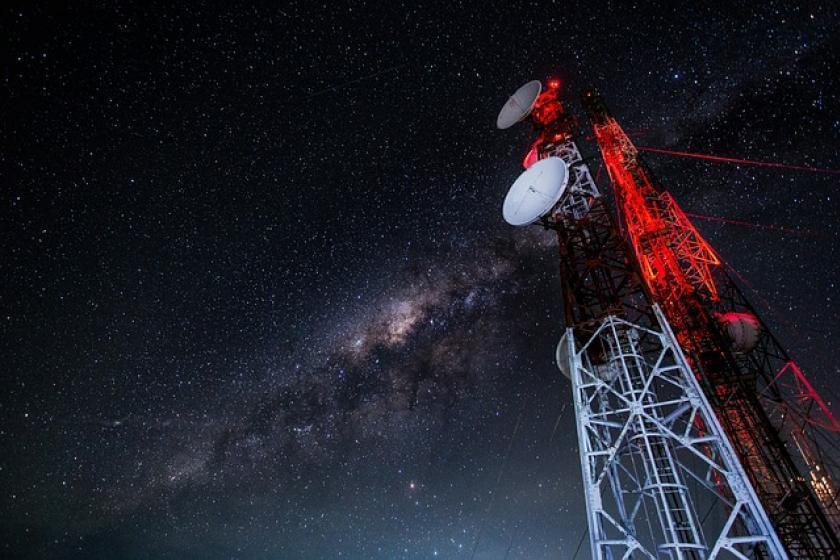

- Details
- Published on 15 January 2020
Dynamic Spectrum Sharing: Beyond Carrier Benefits
Source: Pixabay
DSS is expected to speed 5G service rollouts. What should enterprises expect?
Wireless carriers are counting on a promising spectrum sharing technology to bridge the gap between 4G and 5G in a move that should accelerate the deployment of 5G services in 2020 and beyond.
Dubbed Dynamic Spectrum Sharing (DSS), the technology enables wireless operators to use 4G spectrum to support the new generation of services, thanks to a software upgrade and 5G New Radio (NR)-capable radios. U.S. wireless operators are talking DSS, and a growing number of infrastructure vendors are taking action.
What it enables
With DSS, network operators can dynamically share spectrum among two different technologies, such as 4G and 5G. Today, these operators must split spectrum, and dedicate separate chunks to different cellular technologies.
DSS enables the sharing of spectrum based on traffic demand between 4G and 5G resources. Better still, the allocation of spectrum between can be done instantaneously, giving the best possible performance for a mix of 4G and 5G devices on the available capacity. Before DSS, operators practiced what’s called re-farming, whereby bands had to be completely cleared of users of say 4G before that band could be used to support 5G users. Re-farming is typically a long and arduous process that runs contrary to the urgency of 5G service rollouts. By comparison, allowing concurrent use of dissimilar cellular technologies, DSS is expected to enable operators to speed 5G rollouts and in a cost-efficient manner than a pure 5G deployment.
